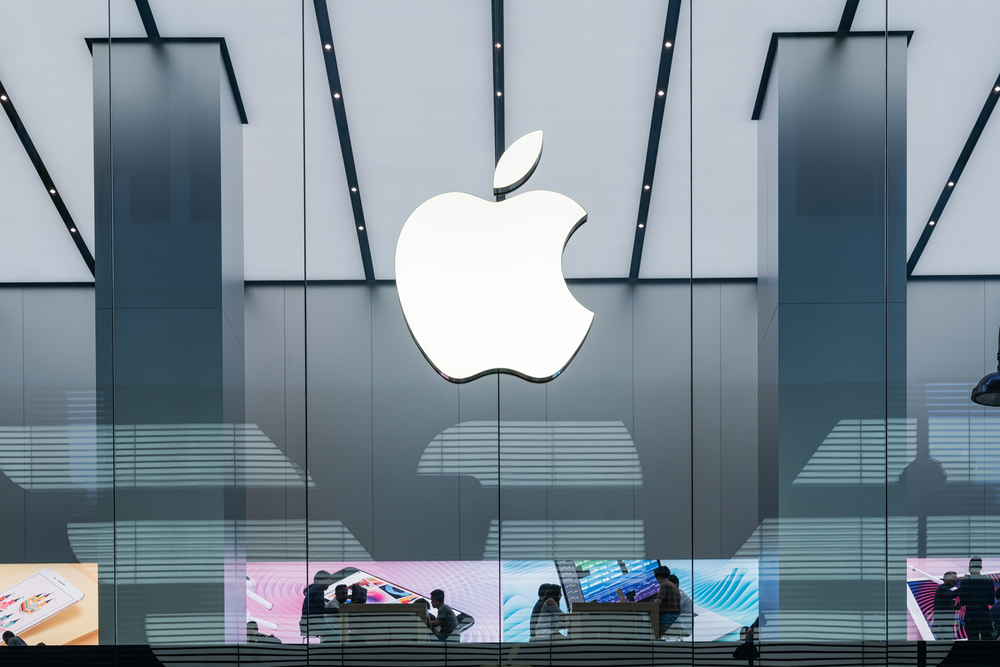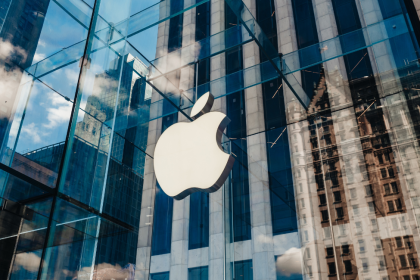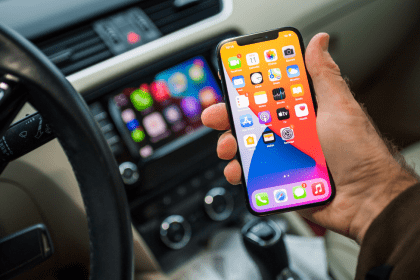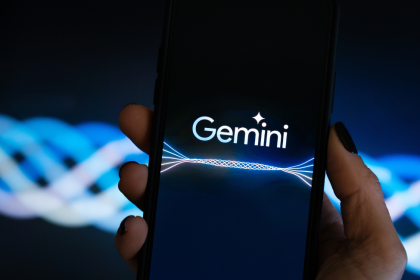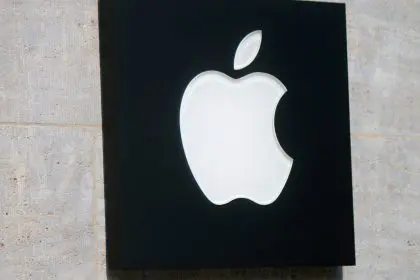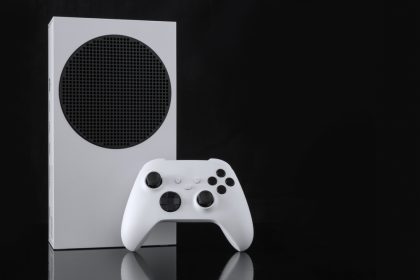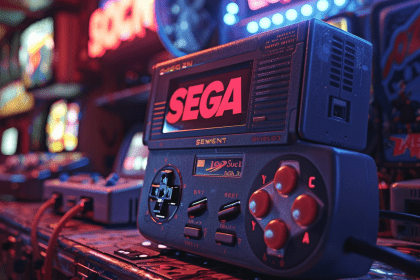Apple’s iPhone 17 Pro will reportedly feature an all-new camera bar design. This potential redesign comes as smartphone cameras continue to be a key differentiator in the premium phone market, where camera technology represents over 40% of consumer purchasing decisions.
According to leaker Jon Prosser from FrontPageTech, the next Pro handsets will see an extended camera bar design similar to that seen in Google’s Pixel series. Prosser has previously accurately predicted several Apple design changes, though his track record shows about 75% accuracy on major leaks.
The analyst claims the three camera lenses will remain positioned on the left side of the iPhone’s back, but the flash, LiDAR Scanner and microphone will be shifted over to the right. Industry experts suggest this repositioning could improve overall photo quality by reducing lens flare and providing better depth sensing capabilities.
Previous reports indicated Apple was considering moving the lenses from its triangular layout to a more evenly spread horizontal one, though Prosser explained this is impossible, as the Face ID sensors take up too much space in the upper-middle area of the device to allow such a design. The current Face ID system requires approximately 25% of the phone’s upper internal space.
While Prosser claims to have seen this new camera design for the iPhone 17 Pro and supplied a concept video of it in a YouTube video posted to his FrontPageTech channel, other Apple analysts are not convinced by his assertions. The video has garnered over 500,000 views within 24 hours of posting, showing significant interest in potential iPhone design changes.
Bloomberg’s Mark Gurman since took to X (formally Twitter) to deny Prosser’s render was real, and said the design he saw had been based on a “fake” concept of the iPhone 17 Pro’s camera layout. Gurman, known for his reliable Apple insights, has maintained a 90% accuracy rate on Apple predictions over the past five years.
As well as the iPhone 17 Pro and Pro Max, Apple is expected to release the standard iPhone 17, and will also reportedly unveil the iPhone 17 Air in September 2025. This timeline aligns with Apple’s traditional September release schedule, which has remained consistent since the iPhone 5 launch in 2012.
According to several reports, this supposed device will be the tech company’s thinnest iPhone ever, and will ship with a single 48-megapixel shooter on the back that will also sport the same camera bar design seen in the Pro handhelds. The rumored thickness is said to be just 6.1mm, compared to the current iPhone 15 Pro’s 8.25mm profile.
Industry analysts suggest that if these rumors prove accurate, the new camera design could represent Apple’s most significant external iPhone redesign since the iPhone X in 2017. The camera bar approach would mark a departure from Apple’s signature square camera bump, which has been a defining feature since the iPhone 11 Pro.
Market research indicates that camera capabilities remain the top priority for premium smartphone buyers, with 78% of consumers citing camera quality as a crucial factor in their purchase decision. Apple‘s potential camera redesign could be aimed at maintaining their competitive edge in the high-end smartphone market.
The LiDAR Scanner’s repositioning could also suggest improvements in augmented reality capabilities, a growing focus for Apple as the AR market is expected to reach $97.76 billion by 2028. The new layout might provide better spatial awareness for AR applications.
Technical specifications for the rumored design suggest the camera bar would extend approximately 35mm across the phone’s width, making it the largest camera array ever featured on an iPhone. This increased size could accommodate larger sensors and improved optical systems for better low-light performance and zoom capabilities.

